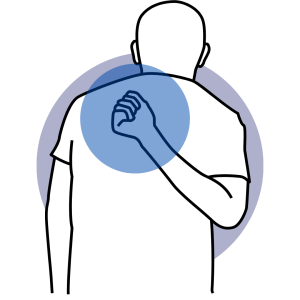
COLLAPSE FRACTURES OF THE SPINE
Collapse fractures of the spine refer to fractures that occur in the load-bearing area at the front of the spinal bones (vertebrae). These fractures are usually caused by a decrease in bone density (osteoporosis). Collapse fractures of the spine are usually caused by compression or collapse of the vertebral bodies. Here are the causes and treatment options for compression fractures of the spine:
Causes:
Osteoporosis:
Factors such as aging, hormonal changes, low levels of calcium and vitamin D can lead to decreased bone density and an increased risk of spinal fractures.
Trauma:
Falls, accidents or a high-energy impact can cause compression fractures of the spine.
Cancer:
Cancer metastasizing to the bones of the spine can lead to bone weakness and collapse fractures.
Infections:
Infections affecting the bones of the spine can lead to bone weakening and fractures.
Rheumatoid Arthritis:
Inflammatory joint diseases, such as rheumatoid arthritis, can contribute to weakness in the bones of the spine and collapse fractures.
Non-Surgical Treatment Methods:
Rest and Pain Management:
Resting the fracture site and managing pain is important.
Use of Orthosis (Corset):
Specially designed corsets can help relieve pain by supporting the spine.
Physical Therapy:
Physiotherapist-led exercise programs can be used to strengthen the spinal muscles and correct posture.
Treatments to Increase Bone Density:
For collapse fractures caused by osteoporosis, medications prescribed by a doctor can be used to increase bone density.
Surgical Treatment Methods:
Kyphoplasty or Vertebroplasty:
Minimally invasive procedures by injecting a special cement into the site of the collapse fracture.
Spine Correction Surgery:
Spinal correction surgery may be considered depending on the severity of the collapse fractures and the patient’s condition.
Surgical intervention is usually considered in cases of severe pain, loss of spinal stability or in cases that do not respond to non-surgical treatments.




.png)
.png)
.png)